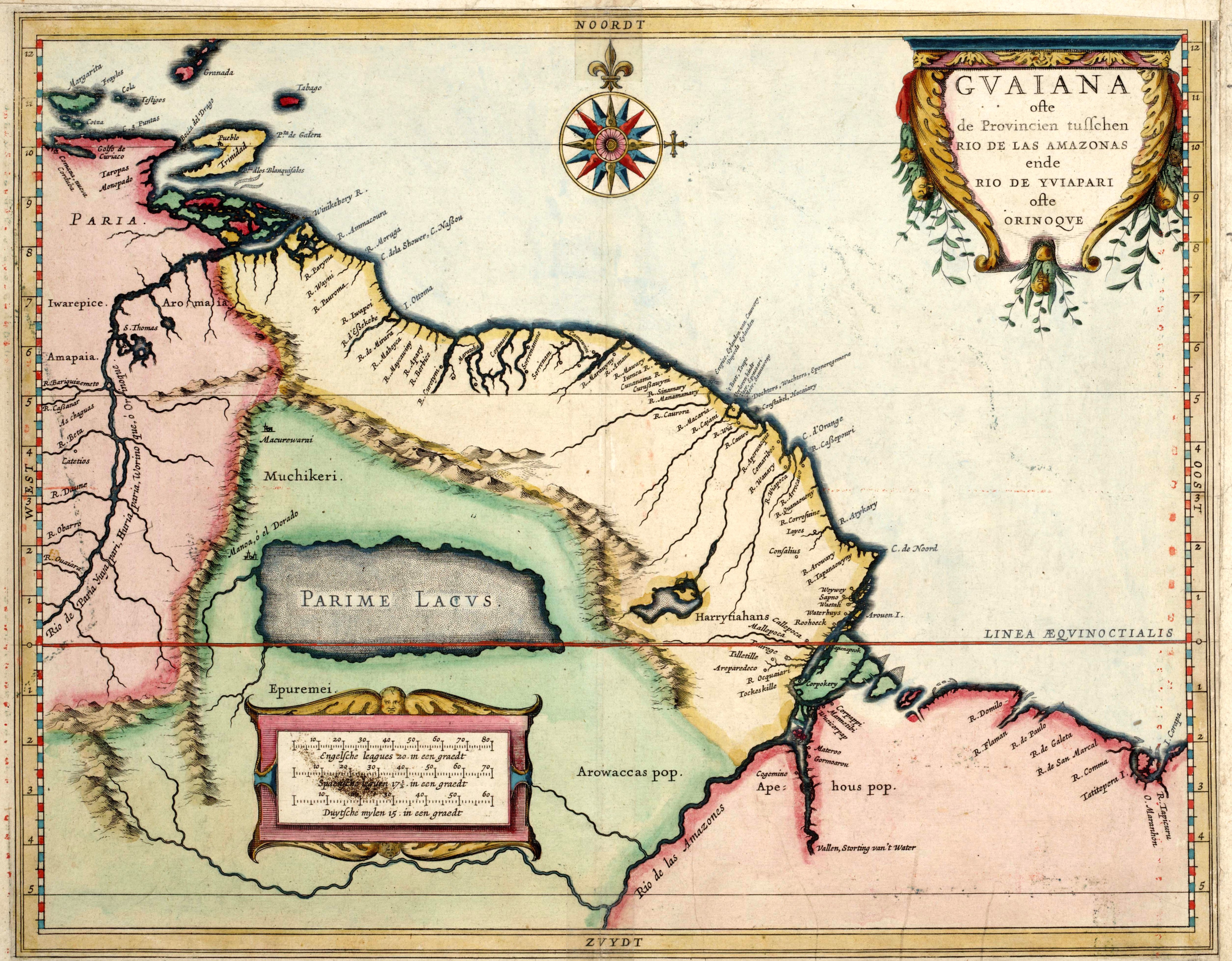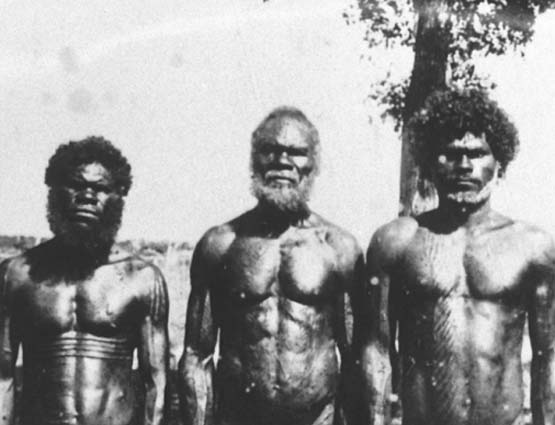|
Eendrachtsland
Eendrachtsland or Eendraghtsland ( nl, het Landt van d'Eendracht and ) is an obsolete geographical name for an area centred on the Gascoyne region of Western Australia. Between 1616 and 1644, during the European age of exploration, ''Eendraghtsland'' was also a name for the entire Australian mainland. From 1644, it and the surrounding areas were known as New Holland (and, much later, as Western Australia). In 1616, Dirk Hartog, captain of the Dutch East India Company ship '' Eendracht'', encountered the west coast of the Australian mainland, meeting it close to the 26th parallel south latitude (26° south), near what is now known as Dirk Hartog Island in Western Australia. After leaving the island, the ''Eendracht'' sailed in a north-west direction along the coast of the mainland, Hartog charting as he went. He gave this land the name , literally Eendrachtsland, after his ship, the ''Eendracht'' (English: "Unity" or "Concord"). Eendrachtsland on the charts The earliest kn ... [...More Info...] [...Related Items...] OR: [Wikipedia] [Google] [Baidu] |
Eendracht (1615 Ship)
The ''Eendracht'' (; Concord) was an early 17th century Dutch wooden-hulled 700 tonne East Indiaman, launched in 1615 in the service of the Dutch East India Company (VOC). Its Dutch name means "concord", "unity" or "union", and was a common name given to Dutch ships of the period, from the motto of the Republic: '' Concordia res parvae crescunt ("Eendracht maakt macht" / "Unity makes strength")''. The ship was captained by Dirk Hartog when he made the second recorded landfall by a European on Australian soil, in 1616. First voyage to the East Indies Departure from Holland Upon its commissioning, the ''Eendracht'' entered the service of the Dutch East India Company (''Vereenigde Oostindische Compagnie'', or VOC). For her maiden voyage on the open ocean, the ''Eendracht'' set sail on 23 January 1616 from the Dutch port of Texel in the company of several other VOC ships, on a trading venture bound for Batavia in the Dutch East Indies (the present-day Jakarta). Her captain was ... [...More Info...] [...Related Items...] OR: [Wikipedia] [Google] [Baidu] |
Caert Van't Landt Van D'Eendracht (detail Showing Eendrachtsland)
''Caert van't Landt van d'Eendracht'' ("Chart of the Land of Eendracht") is a 1627 map by Hessel Gerritsz. One of the earliest maps of Australia, it shows what little was then known of the west coast, based on a number of voyages beginning with the 1616 voyage of Dirk Hartog, when he named Eendrachtsland after his ship. The map is oriented with north to the left and shows lines of latitude from 20th parallel south to the 35th parallel south and also shows the Tropic of Capricorn. The top left of the map shows a river labelled ''Willems revier, besocht by 't volck van 't Schip Mauritius in Iulius A° 1618'' ("Willem's River, visited by the crew of the ship Mauritius in July 1618"). The identity of this river, now referred to as ''Willem River'', is unknown; it is possibly the Ashburton River. In the bottom left corner is a feature labelled ''Hier ist Engels schip de Trial vergaen in Iunias, A° 1622'' ("Here the English ship ''Trial'' was wrecked in June 1622"). This is possi ... [...More Info...] [...Related Items...] OR: [Wikipedia] [Google] [Baidu] |
Dirk Hartog
Dirk Hartog (; baptised 30 October 1580 – buried 11 October 1621) was a 17th-century Dutch sailor and explorer. Dirk Hartog's expedition was the second European group to land in Australia and the first to leave behind an artefact to record his visit, the Hartog Plate. His name is sometimes alternatively spelled Dirck Hartog or Dierick Hartochszch. Ernest Giles referred to him as Theodoric Hartog. The Western Australian island Dirk Hartog Island is named after Hartog. Life Born into a seafaring family, he received his first ship's command at the age of 30 and spent several years engaged in successful trading ventures in the Baltic and Mediterranean seas. In 1616 Hartog gained employment with the Dutch East India Company ( nl, Vereenigde Oostindische Compagnie, commonly abbreviated to VOC), and was appointed master of the (meaning "Concord" or "Unity"), in a fleet voyaging from the Netherlands to the Dutch East Indies. Hartog set sail in January 1616 in the company of sever ... [...More Info...] [...Related Items...] OR: [Wikipedia] [Google] [Baidu] |
Caert Van't Landt Van D'Eendracht (NLA Balanced)
''Caert van't Landt van d'Eendracht'' ("Chart of the Land of Eendracht") is a 1627 map by Hessel Gerritsz. One of the earliest maps of Australia, it shows what little was then known of the west coast, based on a number of voyages beginning with the 1616 voyage of Dirk Hartog, when he named Eendrachtsland after his ship. The map is oriented with north to the left and shows lines of latitude from 20th parallel south to the 35th parallel south and also shows the Tropic of Capricorn. The top left of the map shows a river labelled ''Willems revier, besocht by 't volck van 't Schip Mauritius in Iulius A° 1618'' ("Willem's River, visited by the crew of the ship Mauritius in July 1618"). The identity of this river, now referred to as ''Willem River'', is unknown; it is possibly the Ashburton River. In the bottom left corner is a feature labelled ''Hier ist Engels schip de Trial vergaen in Iunias, A° 1622'' ("Here the English ship ''Trial'' was wrecked in June 1622"). This is poss ... [...More Info...] [...Related Items...] OR: [Wikipedia] [Google] [Baidu] |
Willem River
The Willem River or Willem's River was named during the voyage of the Dutch East India Company ship ''Mauritius'' in 1618, under the command of Supercargo Willem Janszoon and captained by Lenaert Jacobszoon, and is one of the few features named on a nautical chart made in 1627. It seems reasonable that Willem River was almost certainly named after Supercargo Willem Janszoon, the Commander of the ship ''Mauritius''. Janszoon was captain of the Duyfken in 16051606, when part of the Gulf of Carpentaria was mapped, during the earliest documented visit to Australia by a vessel from Europe. ''Caert van't Landt van d'Eendracht'' ("Chart of the Land of Eendracht") is a 1627 chart made by Hessel Gerritsz and is one of the earliest charts showing the coastline of Western Australia. The Willem River is located to the extreme left (north) end of the coastline on the chart and a closer view is provided below. Is Willem River the Ashburton River? It is believed that the Willem River of 1618 ... [...More Info...] [...Related Items...] OR: [Wikipedia] [Google] [Baidu] |
Caert Van't Landt Van D'Eendracht
''Caert van't Landt van d'Eendracht'' ("Chart of the Land of Eendracht") is a 1627 map by Hessel Gerritsz. One of the earliest maps of Australia, it shows what little was then known of the west coast, based on a number of voyages beginning with the 1616 voyage of Dirk Hartog, when he named Eendrachtsland after his ship. The map is oriented with north to the left and shows lines of latitude from 20th parallel south to the 35th parallel south and also shows the Tropic of Capricorn. The top left of the map shows a river labelled ''Willems revier, besocht by 't volck van 't Schip Mauritius in Iulius A° 1618'' ("Willem's River, visited by the crew of the ship Mauritius in July 1618"). The identity of this river, now referred to as ''Willem River'', is unknown; it is possibly the Ashburton River. In the bottom left corner is a feature labelled ''Hier ist Engels schip de Trial vergaen in Iunias, A° 1622'' ("Here the English ship ''Trial'' was wrecked in June 1622"). This is poss ... [...More Info...] [...Related Items...] OR: [Wikipedia] [Google] [Baidu] |
Hessel Gerritsz
Hessel Gerritsz ( – buried 4 September 1632) was a Dutch engraver, cartographer, and publisher. He was one of the notable figures in the Golden Age of Netherlandish cartography. Despite strong competition, he is considered by some "unquestionably the chief Dutch cartographer of the 17th century". Early career He started in Alkmaar as an apprentice to Willem Jansz Blaeu, who was ten years his elder. Gerritsz moved with Blaeu’s workshop to Amsterdam, where he married Geertje Gijsberts of Alkmaar in 1607. They had eight children. Geertje would die before 1624, when Hessel remarried. By 1610 he had a printing workshop on his own. Many of his engravings and maps made it into the atlases of Blaeu, Jan Janssonius, and others. Career Printer Gerritsz produced a world map in 1612 that included the discoveries of Queirós and specifically indicated "Austrialia del Espiritu Santo", now known to be Vanuatu, but for long thought to be part of the "South land". The map w ... [...More Info...] [...Related Items...] OR: [Wikipedia] [Google] [Baidu] |
Rudolphine Tables
The ''Rudolphine Tables'' ( la, Tabulae Rudolphinae) consist of a star catalogue and planetary tables published by Johannes Kepler in 1627, using observational data collected by Tycho Brahe (1546–1601). The tables are named in memory of Rudolf II, Holy Roman Emperor, in whose employ Brahe and Kepler had begun work on the tables. The main purpose of the Rudolphine tables was to allow the computation of the positions of the then known planets of the Solar System, and they were considerably more precise than earlier such tables. Previous tables Star tables had been produced for many centuries and were used to establish the position of the planets relative to the fixed stars (particularly the twelve constellations used in astrology) on a specific date in order to construct horoscopes. Until the end of the 16th century, the most widely used had been the '' Alphonsine tables'', first produced in the 13th century and regularly updated thereafter. These were based on a Ptolemaic, geoc ... [...More Info...] [...Related Items...] OR: [Wikipedia] [Google] [Baidu] |
Bathurst Island (Northern Territory)
Bathurst Island (Iwaidja: ''Nguyu'') (, ) is one of the Tiwi Islands in the Northern Territory off the northern coast of Australia along with Melville Island. __TOC__ Description The largest settlement on Bathurst is Wurrumiyanga (known as Nguiu until 2010), in the south-east, with a population of around 1,560. Located on the south east corner of Bathurst Island, Wurrumiyanga is approximately north of Darwin. The second largest settlement is Wurakuwu, with a population of 50, located northwest of Wurrumiyanga. The third settlement on the island is a small family outstation called ''4 Mile Camp'', about west of Wurrumiyanga. History Aboriginal Australians have occupied the area that became the Tiwi Islands for at least 40,000 years. On 5 May 1623, Willem Jootszoon Van Colster (or Coolsteerdt), in the ship ''Arnhem'' named the island De Speult Eylandt, in honour of Herman van Speult, Governor of Ambon, who had commissioned the voyage of exploration. In 1828, the i ... [...More Info...] [...Related Items...] OR: [Wikipedia] [Google] [Baidu] |
Albany, Western Australia
Albany ( ; nys, Kinjarling) is a port city in the Great Southern region in the Australian state of Western Australia, southeast of Perth, the state capital. The city centre is at the northern edge of Princess Royal Harbour, which is a part of King George Sound. The central business district is bounded by Mount Clarence to the east and Mount Melville to the west. The city is in the local government area of the City of Albany. While it is the oldest colonial, although not European, settlement in Western Australia - predating Perth and Fremantle by over two years - it was a semi-exclave of New South Wales for over four years until it was made part of the Swan River Colony. The settlement was founded on 26 December 1826 as a military outpost of New South Wales for the purpose of forestalling French ambitions in the region. To that end, on 21 January 1827, the commander of the outpost, Major Edmund Lockyer, formally took possession for the British Crown of the portion of N ... [...More Info...] [...Related Items...] OR: [Wikipedia] [Google] [Baidu] |
.png)

.jpg)



